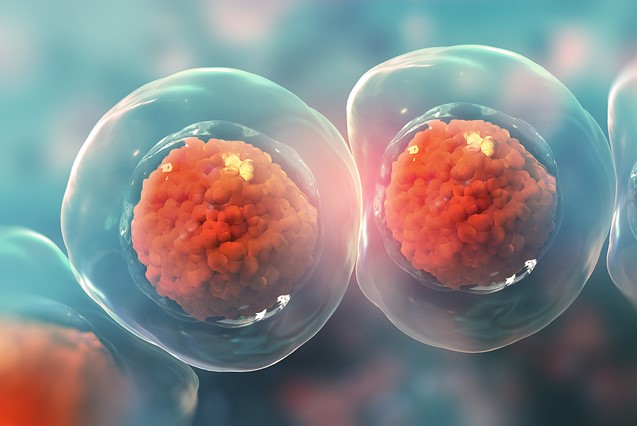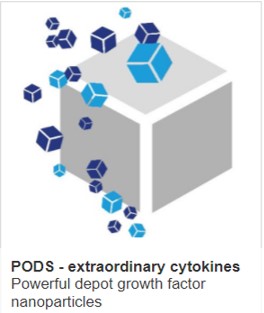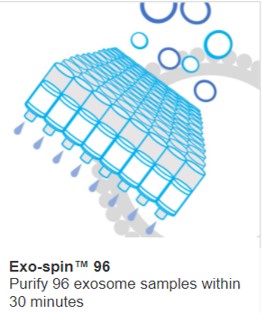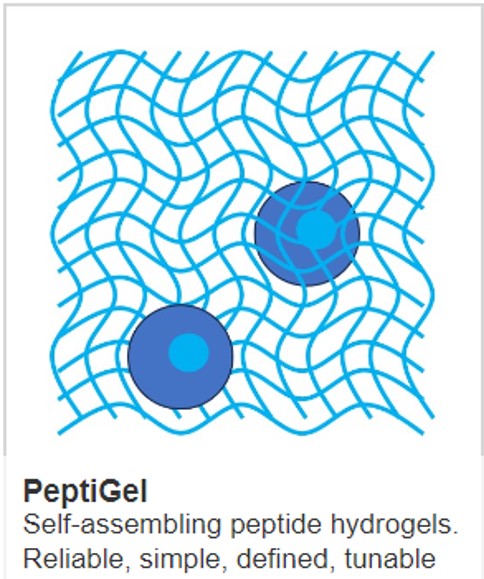Improving cell therapy by in situ maturation

In autologous cell therapy, cells that originate in the patient are returned to the patient for therapeutic purposes. If we accept the obvious notion that human cells grow best in humans, the quicker cells can be re-implanted, the better. However many cells require complex, sustained manipulation to differentiate and mature into the cells required for therapeutic effect. Technologies that enable cells to differentiate and maturate autonomously in the patient following implant will enable this goal.
Autologous cell therapy takes cells from a patient and repurposes these cells to repair tissue damaged by injury or disease. The starting material can be multipotent stem cells (MSCs) or mature cells that have been reprogrammed (iPSCs) to enable transdifferentiation to the desired cell type. MSCs have the advantages that, since they do not require reprogramming, costs of manipulation are lower and they can be made ready for implantation ore rapidly. For example, adipocyte-derived stem cells (ADSCs) harvested from fat are widely used.
The best culture conditions for human cells are found in human bodies. Although cell culture incubators can simply recreate the appropriate temperature and CO2 levels, replicating other aspects of in-vivo conditions is difficult. In vitro, the supply of nutrients, growth factors and removal of metabolites are periodical rather than continuous. Moreover, most cell incubators do not provide an appropriate osmotic pressure. In-vitro culture also lacks immune cell surveillance. This possibly contributes to the emergence of karyotypically abnormal iPSC and ESC cultures which may inhibit their function and promote the emergence of cancer.
From a clinical perspective, for urgent interventions, it is desirable to have a short interval between the removal and re-administration of cells. For example, for a patient requiring an urgent coronary artery bypass graft, synthetic veins and transfer of veins from other areas of the patient are the only current options and neither are satisfactory. Producing autologous cellularized structures that can be rapidly implanted to provide healthy versions of diseased blood vessels is an attractive proposition. To achieve such rapid transplants, maturation of the structure would need to occur in the patient.
Although the human body provides perfect conditions for cells, it lacks the specific growth factors that any implanted immature cells need to mature into the correct phenotype to then adapt to their new environment. The challenge is that these growth factors are labile so they have to be added periodically, sometimes every day to maintain optimal conditions for differentiation. This is clearly impractical once the cells have been implanted into the patient. To overcome this challenge, sustained release growth factors, notably PODS, which can be readily incorporated into biomaterials and release growth factors over several weeks, are being developed. As we discussed in a recent blog, PODS have recently been used in vitro to create blood vessels. The next step is to create a manufacturing process which precisely combines stem cells and growth factors to allow optimized maturation in vivo. Developing these structures will allow the development of cell therapies that can be rapidly created from an individual’s own cells and reimplanted for better performance.
IMAGE CREDIT Shutterstock



